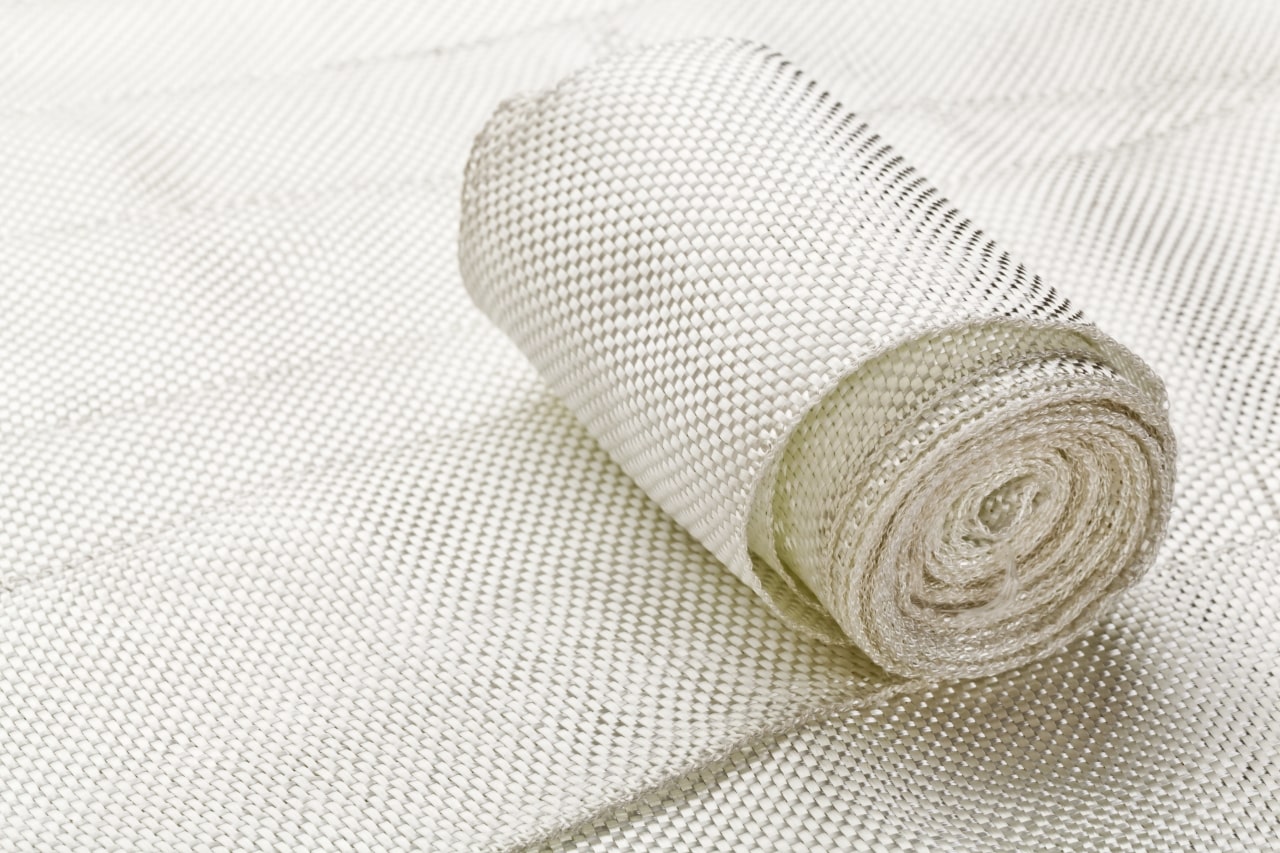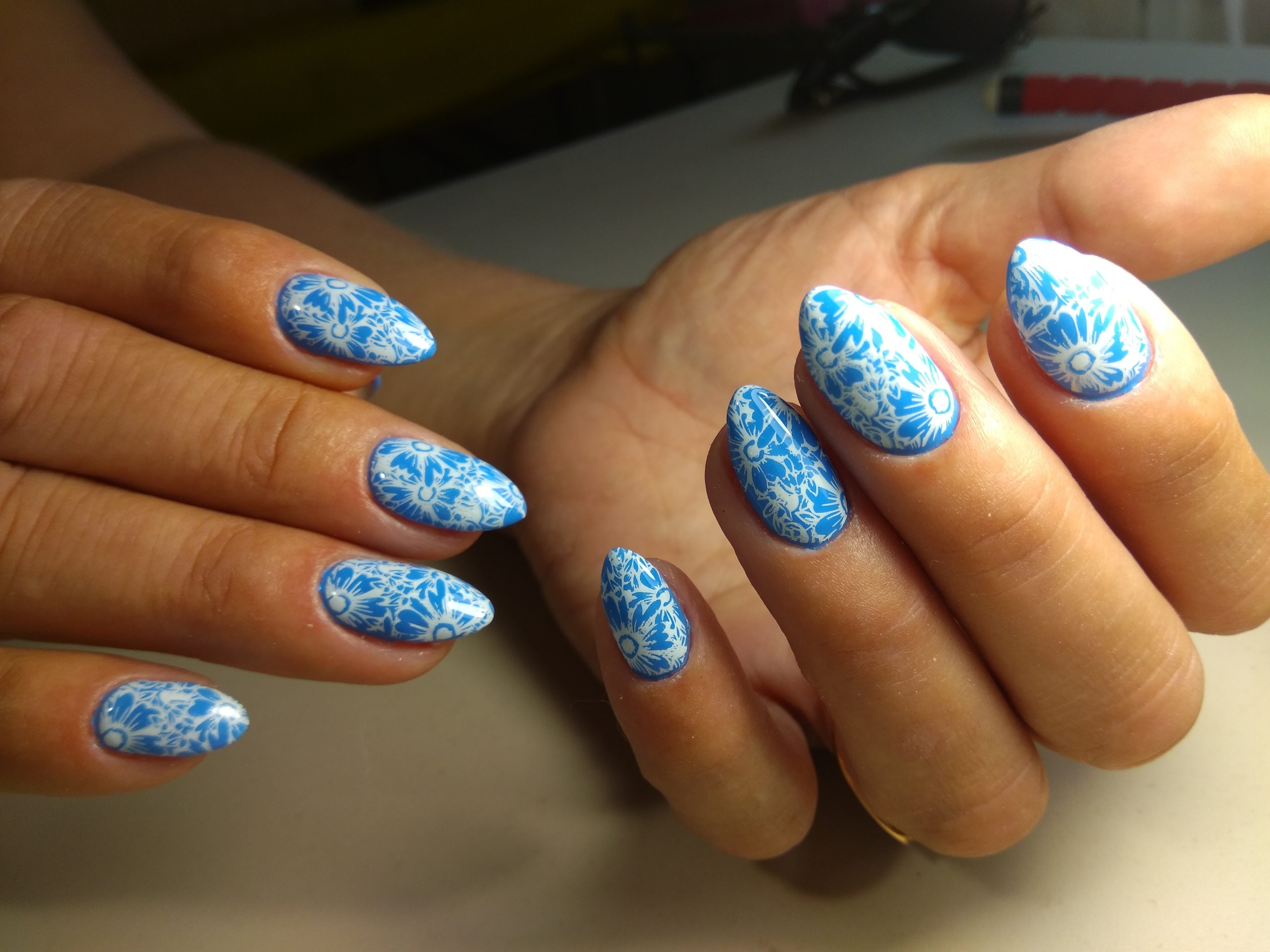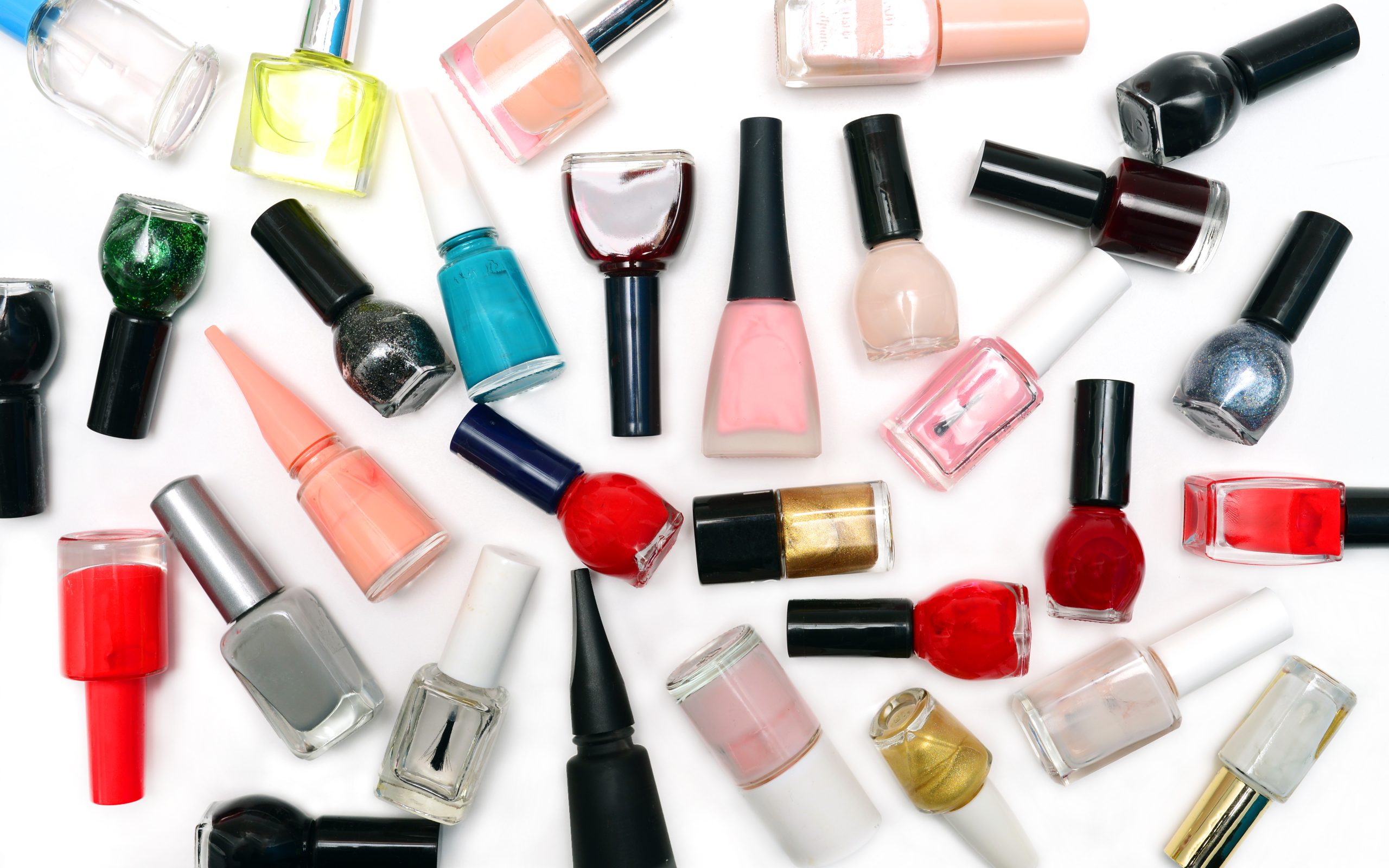In the world of nail care, safety and hygiene are just as important as creativity and precision. Personal protective equipment (PPE) plays a critical role in maintaining a clean, healthy, and safe environment for both nail technicians and clients. Whether you’re working with traditional manicures, gel nails, acrylics, or nail art, the use of PPE helps prevent infections, chemical exposure, and the spread of illnesses.
In this blog post, we’ll explore the essential PPE items every nail technician should use to protect themselves and their clients, ensuring a safe and sanitary salon experience.
1. Gloves: A Barrier for Protection
Gloves are one of the most basic and essential pieces of PPE in nail care. They create a protective barrier between your hands and potentially harmful chemicals, bacteria, and germs.
- Why gloves are important: During nail services, technicians come into close contact with clients’ hands and feet, which can harbor bacteria, fungi, or viruses. Wearing gloves reduces the risk of spreading infections and protects the technician’s skin from harsh chemicals found in nail polish removers, acrylic monomers, and disinfectants.
- Types of gloves: Nitrile gloves are a preferred option because they are durable, puncture-resistant, and provide protection against chemicals. They are also latex-free, making them suitable for clients with latex allergies. Ensure that gloves are changed between clients to maintain cleanliness.
2. Face Masks: Preventing Inhalation of Dust and Fumes
In a nail salon, dust particles from filing, buffing, and shaping nails, as well as fumes from nail products, can pose respiratory hazards. Wearing a face mask helps protect the respiratory system from these airborne particles.
- Why face masks are important: When working with acrylics, gels, or other nail products that release fumes or dust, nail technicians can inhale harmful chemicals or particles over time. A face mask helps prevent inhalation, reducing the risk of respiratory issues such as allergies or irritation.
- Types of masks: A basic surgical mask can offer some protection, but an N95 or KN95 mask is recommended for more effective filtration, especially when dealing with fine dust and strong odors. These masks can filter out small particles and provide better protection during long nail care sessions.
3. Safety Goggles or Glasses: Shielding Your Eyes
While it may not seem immediately necessary, wearing safety goggles or protective glasses is a smart move during certain nail services, especially when using drills or electric files.
- Why eye protection is important: Tiny particles from filing nails or removing old polish can accidentally fly up into your eyes, causing irritation or injury. Goggles or glasses protect your eyes from dust, debris, and potentially harmful chemicals.
- Types of goggles: Choose clear, comfortable eyewear that doesn’t obstruct your vision but provides a full shield from flying particles or splashes of chemicals. Lightweight and snug-fitting safety glasses can be a practical option.
4. Aprons or Smocks: Guarding Your Clothing and Skin
Wearing an apron or smock serves as a protective layer between your clothing and the products you work with daily. These items protect you from accidental spills, stains, and chemical exposure.
- Why aprons or smocks are important: Nail products like polish, removers, and acrylic liquids can easily stain or damage clothing and irritate the skin if they come into contact. Aprons and smocks help keep both your skin and clothes safe from such exposure.
- Types of aprons: Opt for a waterproof or chemical-resistant apron that covers the front of your body. It’s a simple yet effective way to prevent contact with potentially harmful substances during nail treatments.
5. Disposable Towels or Pads: Preventing Cross-Contamination
In addition to the PPE worn by nail technicians, disposable towels or table covers are an essential part of maintaining hygiene in the salon.
- Why disposable items are important: Using disposable towels or pads underneath a client’s hands or feet during treatments helps prevent cross-contamination between clients. It provides a clean, sanitary surface for each service and can easily be discarded after use.
- Best practices: Always replace disposable towels or pads after each client to maintain a hygienic working space. Some salons also use disposable liners for pedicure tubs to ensure cleanliness.
6. Proper Ventilation: Reducing Fume Exposure
While ventilation isn’t wearable PPE, having proper air circulation is a crucial aspect of salon safety. Nail salons often use chemicals that emit fumes, such as acetone, polish removers, and acrylic products.
- Why ventilation is important: Inhaling fumes from nail products can cause respiratory issues, dizziness, headaches, and long-term health problems. Proper ventilation systems reduce the concentration of fumes in the air and ensure a safer environment for both technicians and clients.
- Ventilation solutions: Use portable air filtration systems or exhaust fans to pull fumes and dust away from the workspace. Salon tables equipped with built-in fans also help remove dust and chemical vapors from the immediate area.
7. Hand Sanitizer: A Quick Hygiene Boost
Hand hygiene is essential in nail care. Keeping a bottle of hand sanitizer readily available ensures that both technicians and clients can clean their hands quickly and efficiently.
- Why hand sanitizer is important: Using hand sanitizer between hand washes or before putting on gloves helps eliminate bacteria and viruses, reducing the risk of spreading germs. It’s especially useful when water and soap aren’t immediately accessible.
- Best practices: Use hand sanitizer with at least 60% alcohol content for maximum effectiveness. Encourage clients to sanitize their hands upon entering the salon and before their nail service.
Prioritizing Safety with the Right PPE
The use of PPE in nail care is not just about protecting the nail technician—it’s about creating a safe, clean environment for everyone in the salon. From gloves and face masks to safety goggles and proper ventilation, these protective measures are essential for minimizing the risks associated with nail services.
By incorporating PPE into daily practices, nail technicians can provide high-quality services while ensuring their health and safety, as well as that of their clients. After all, beautiful nails shouldn’t come at the cost of safety!




